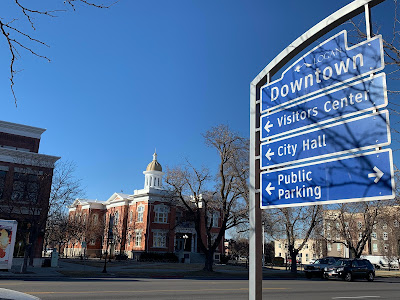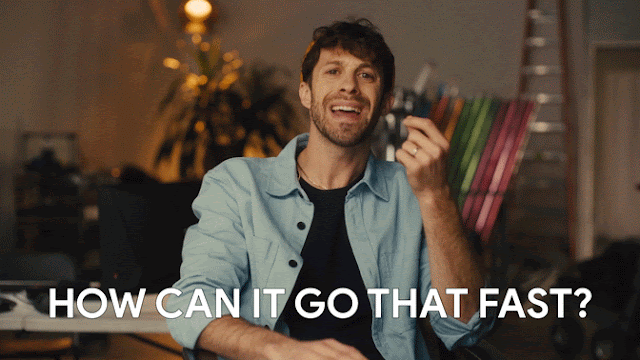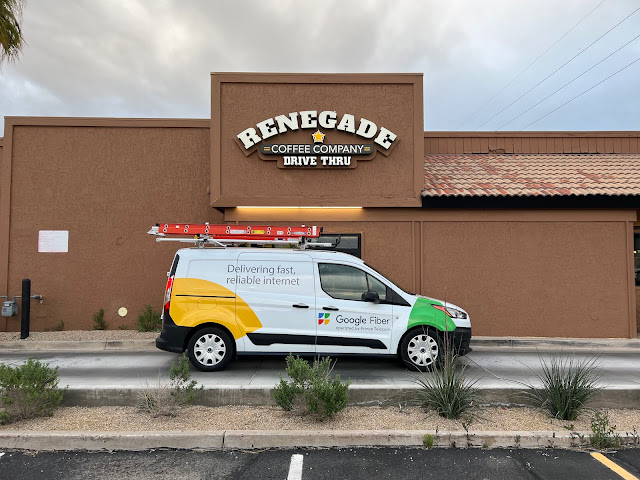The National WWI Museum and Memorial has been a Google Fiber Community Connection since 2014. Recently, they asked if we could upgrade them to our new 5 Gig service to help support their activities during a big onsite event. . .and they decided they liked it so much that they wanted to keep it as a paying customer! In advance of Memorial Day, we’re happy to share a guest post from their Vice President of Facilities, Operations Management and Technology, Chris Wyche, on how they are putting that speed to use to help further their mission of remembrance and education.
The Liberty Memorial Tower is one of the most recognizable landmarks in the Kansas City skyline. In 1918, weeks after the Armistice ended fighting on the Western Front, Kansas City leaders coalesced around the need to build a lasting monument for those who served in The Great War. So, in 1919 the Liberty Memorial Association was founded. In just 10 days, $2.5 million was raised – the equivalent of $40 million today – and the National WWI Museum and Memorial was born.
Over the last several decades the Museum and Memorial has experienced exponential growth in service to our mission: to remember, interpret and understand The Great War (known today as World War I) and its enduring impact on the global community.
1998: Kansas Citians voiced their support for the Liberty Memorial Tower and their interest in expanding the site by building a museum beneath the Tower.
2004: The Museum and Memorial was designated by Congress as the nation’s official World War I Museum.
2006: In September, the site was designated a National Historic Landmark and the National WWI Museum and Memorial opened to international acclaim.
Although the Museum and Memorial’s mission is rooted in reverence for the past, part of my job is to ensure we’re consistently looking to the future, finding avenues to better serve our visitors and the community.
As such, when Google Fiber brought high-speed internet service to Kansas City more than 10 years ago, we jumped at the opportunity to work with this innovative company. Now, we’ve been a Google Fiber Community Connection for almost a decade. Google Fiber’s service allows us to bring best-in-class, interactive digital experiences to each of our visitors each year; it also ensures we’re prepared when significant milestones occur.
In April we experienced one of those milestones, the 2023 NFL Draft, in which the Museum and Memorial played an integral role. With hundreds of thousands of fans descending on and around our grounds, we knew both internet access and speed were of critical importance. Therefore, we reached out to our longstanding internet service provider, Google Fiber, to identify solutions to help prepare us for the influx of people and technology needs. They jumped into action and determined more bandwidth was the answer. We became the first institution in Kansas City to use Google Fiber’s 5 Gig service. Our teams got to work on the technical aspects of the upgrades: a new firewall, new fiber installed inside and outside, and 20 new wireless access points. This joint effort enabled us to provide reliable, fast connectivity, not only to the on-site NFL staff, but also to our Museum and Memorial guests.
It's not just NFL fans who travel far and wide to experience our grounds, every year visitors from around the world come to the Museum and Memorial to immerse themselves in history. However, we know not everyone is able to visit us in person, therefore, it is core to our mission that we harness the power of digitization to share our resources and history with a global audience. Now, our team is in the process of digitizing our entire collection, with three-dimensional objects soon to come, making everything accessible through our Online Connections Database. Google Fiber’s reliability, and even faster upload and download speeds with our new 5 Gig service, has been critical in this process. This enhanced connectivity will continue to benefit our guests for years to come.
These upgrades are also critical to our annual Memorial Day Celebrations, which we anticipate will be tremendously successful.
We have many new, exciting exhibits debuting this summer:
The Entertaining the Troops exhibit provides a glimpse into the life of a WWI soldier beyond the battlefield.
The Bergman Family Gallery and Open Storage Center debuted earlier this month, offering a unique opportunity to view objects and artifacts that were otherwise unavailable to visitors.
On June 8, Bespoke Bodies: The Design & Craft of Prosthetics opens to the public. This exhibit explores the past, present, and future of prosthetics design, with stories from professional athletes, veterans, children, and more.
We invite you to visit us. We’re confident you will feel inspired by this unique, historical landmark in Kansas City, and learn something new about those who served in World War I, performing their duty with courage, patriotism, sacrifice, and honor.
Posted by Chris Wyche, National WWI Museum and Memorial, Vice President of Facilities, Operations Management and Technology















.jpg)
.jpeg)









.jpg)

.jpeg)




.jpg)

